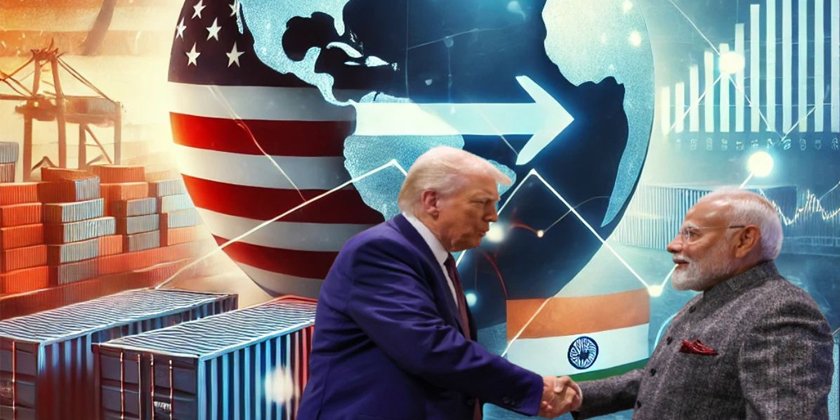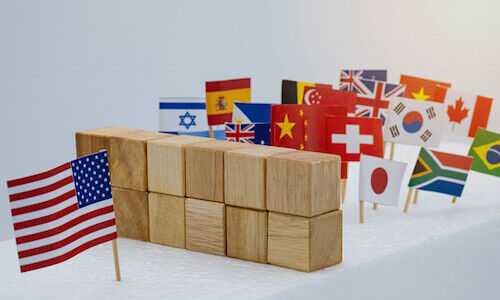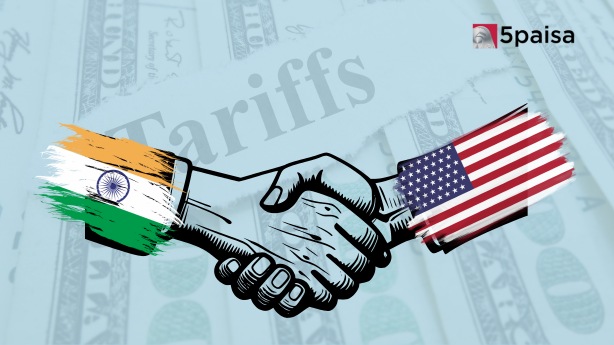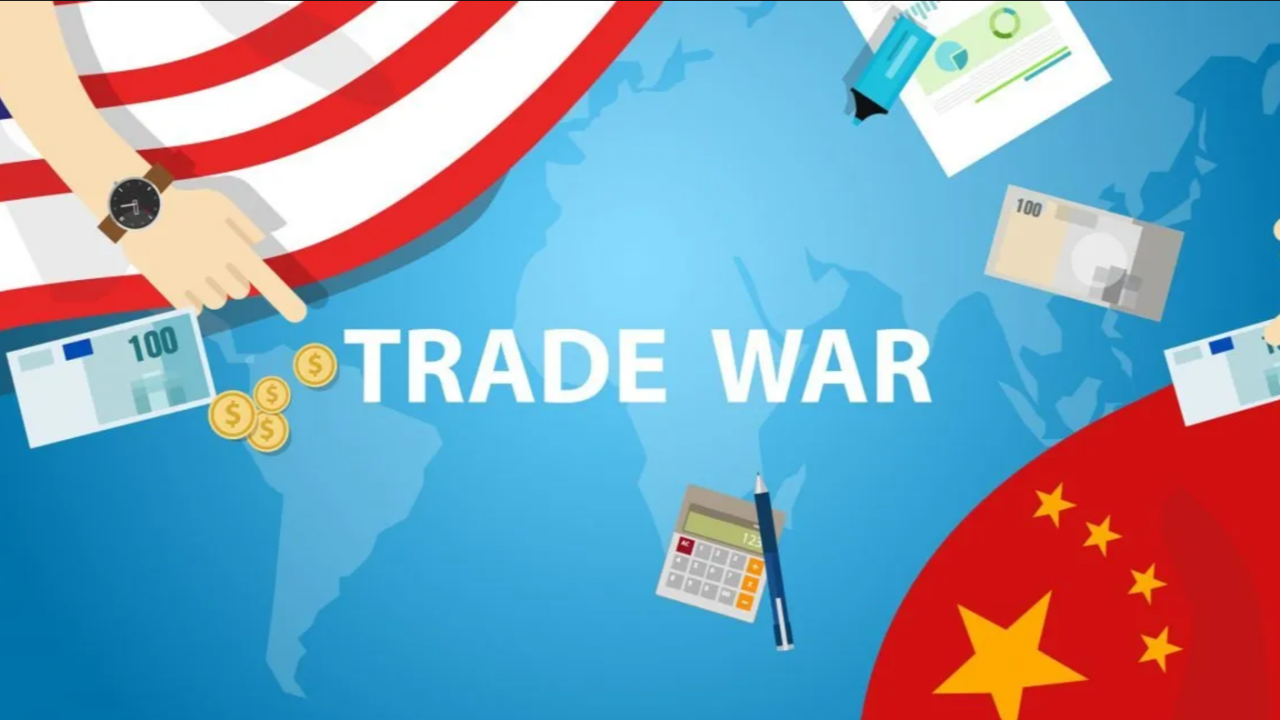Trade Wars or Economic Stability? Assessing U.S. Tariffs Under Biden and Modi’s Response
Introduction
The global economy stands at a crossroads as the Biden administration continues to enforce U.S. tariffs on key imports, reshaping trade dynamics worldwide. These policies, aimed at protecting American industries and countering unfair trade practices, have sparked debates over whether they foster economic stability or escalate trade wars. Meanwhile, under Prime Minister Narendra Modi’s government, India has been navigating these shifts by recalibrating its trade strategies, strengthening domestic manufacturing, and seeking new alliances.
This article examines the impact of U.S. tariffs on the global economy, the response from the Modi government, and the broader implications for supply chains, inflation, and U.S.-India trade relations amid rising geopolitical tensions.
1. U.S. Tariffs Under the Biden Administration: Protectionism or Economic Necessity?
Since taking office, President Joe Biden has largely maintained—and in some cases expanded—the tariff policies initiated by his predecessor, Donald Trump. Key measures include:
- Steel and Aluminum Tariffs: Continued levies (25% on steel, 10% on aluminum) to protect U.S. manufacturers.
- China-Specific Tariffs: Retained tariffs on over $300 billion worth of Chinese goods, citing unfair trade practices.
- Semiconductor Export Controls: Restrictions on advanced chip exports to China, affecting global supply chains.
Rationale Behind Biden’s Tariff Policy
- Protecting Domestic Industries: Reviving U.S. manufacturing under the “Made in America” agenda.
- Countering China’s Economic Influence: Reducing dependency on Chinese imports in critical sectors.
- Addressing Inflation Concerns: While tariffs can raise costs, Biden argues they prevent long-term economic vulnerabilities.
Critics, however, warn that protectionism could backfire, leading to:
- Higher consumer prices (inflation)
- Retaliatory tariffs from trading partners
- Disruptions in global supply chains
2. Modi’s India: Balancing Trade Relations Amid U.S. Tariffs
Under PM Modi, India has pursued a multi-pronged strategy in response to shifting U.S. trade policies:
A. Strengthening Domestic Manufacturing
- “Make in India” Initiative: Incentivizing local production to reduce import dependency.
- Production-Linked Incentive (PLI) Schemes: Boosting electronics, semiconductors, and renewable energy sectors.
B. Navigating U.S.-India Trade Relations
- Trade Negotiations: Seeking exemptions from U.S. tariffs on Indian steel and aluminum.
- Export Opportunities: Expanding IT services, pharmaceuticals, and agricultural exports to the U.S.
- Strategic Partnerships: Deepening tech and defense ties to offset trade frictions.
C. Diversifying Supply Chains
- Reducing reliance on China by attracting global firms to India (e.g., Apple’s iPhone production shift).
- Joining U.S.-led initiatives like the Indo-Pacific Economic Framework (IPEF).
3. Global Economic Impacts: Trade Wars vs. Stability?
A. Inflation and Supply Chain Pressures
- U.S. tariffs have contributed to higher costs for businesses and consumers.
- India faces rising import costs for electronics and machinery, affecting domestic pricing.
B. Geopolitical Tensions and Alliances
- The U.S.-China rivalry has pushed India closer to Western economies.
- However, India maintains strategic autonomy, balancing ties with Russia and the Global South.
C. Long-Term Economic Stability
- Pros of Tariffs: Can protect jobs, reduce unfair competition, and boost local industries.
- Cons of Tariffs: Risk of trade wars, market fragmentation, and slower global growth.
4. The Road Ahead: Will Cooperation Prevail Over Conflict?
The Biden administration and Modi government face a delicate balancing act:
- For the U.S.: Can tariffs coexist with stable global trade, or will they trigger more economic retaliation?
- For India: Can it leverage U.S. policies to become a manufacturing hub while avoiding over-dependence?
Key Factors to Watch
- U.S.-India Trade Deal Progress: Will tariff disputes be resolved diplomatically?
- China’s Role: Will Beijing’s economic struggles push more investment into India?
- Global Inflation Trends: Will central banks’ policies mitigate tariff-induced price hikes?
Conclusion
The U.S. tariffs under Biden and Modi’s response highlight the tension between economic nationalism and global cooperation. While protectionism aims to secure domestic interests, it risks fueling trade wars and supply chain disruptions. For India, the challenge lies in leveraging these shifts to strengthen its economy without falling into the pitfalls of geopolitical tensions.





